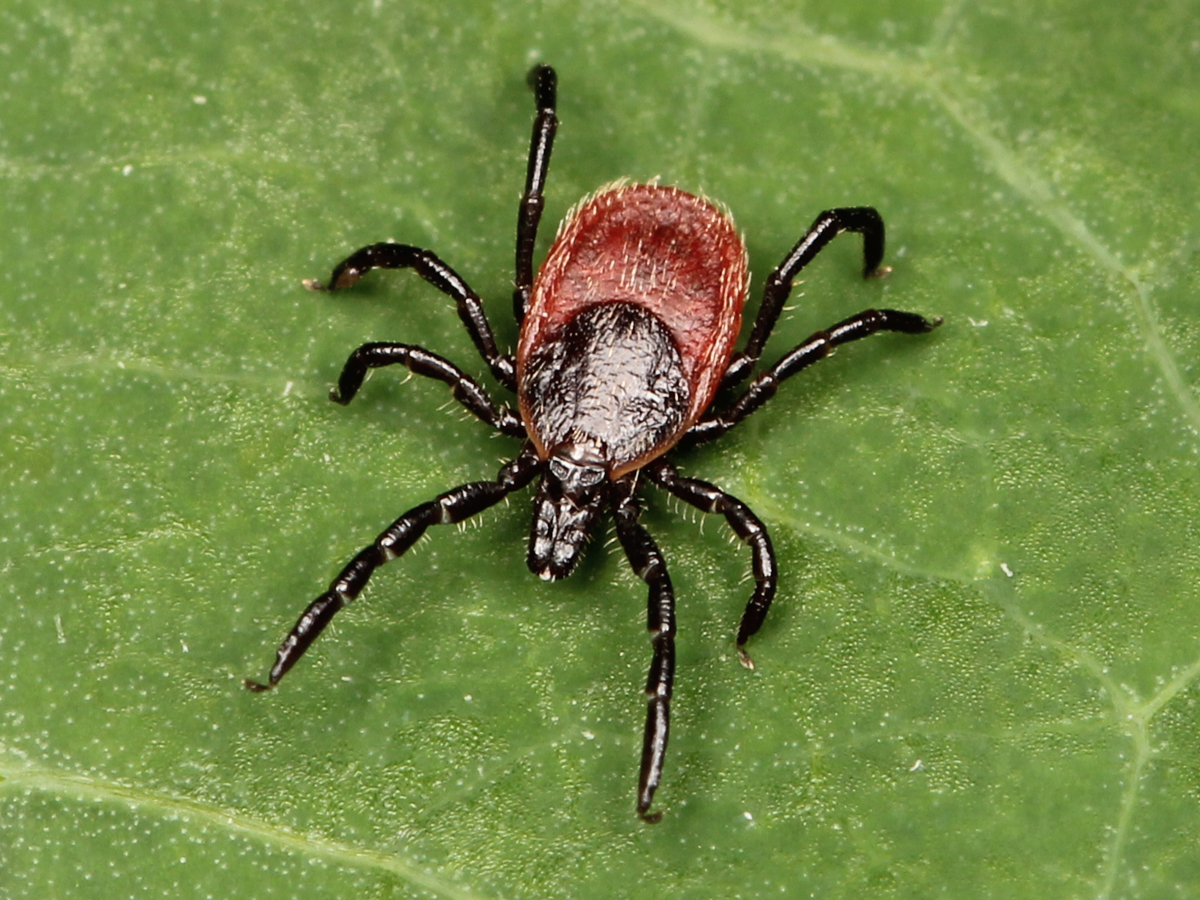
Ticks are tiny arachnids commonly found in grassy, woodland areas where they attach themselves to a host. They are commonly associated with deer and other kinds of game found in the wild. However, they are not only found in woods and forests; they can thrive in cities as well.
According to the Centers for Disease Control and Prevention (CDC), more than 300,000 Americans are infected each year. They are especially plentiful from May to August when they are most active and a lot of people spend time outdoors.
Lia Gaertner, a scientist and board member of the Bay Lyme Area Foundation, pointed out that there are habits that put people at risk of Lyme disease. (Related: Lyme disease compromises your body’s ability to detoxify, increasing risk from environmental toxins like heavy metals.)
1. Not doing a tick check
After going outdoors, search your body for any ticks that may have latched on. Check areas that are exposed or close to clothing edges. Ticks prefer warm areas on the body, including:
- The armpits
- In and around the ears
- Back of the knees
- Inside the belly button
- Around the waist
- In and around all head and body hair (especially the scalp and groin area)
Make sure to also check used clothes before putting them in the hamper. Take a bath afterward for extra measure.
Children are especially vulnerable to tick bites because they play a lot and are closer to the ground. Teach them how to conduct tick checks on their body and their clothes.
2. Being unfamiliar to what a tick looks like
It is difficult to spot a tick when you are unaware of how it looks like. Ticks look like bulb-shaped spiders. It is easy to miss them since they embed themselves into the skin.
You can spot them by feeling a small bump while patting a pet or combing one's hair. Ticks commonly have a dark color, but there are lighter varieties.
When planning for a hike or camping somewhere in the woods, it is best to do prior research on known ticks found in the area and prepare promptly.
3. Sleeping with your dog with no tick check
Some people prefer to sleep with their pets. Before doing that, however, do not skimp on conducting a tick check. Pets, like children, are vulnerable to tick bites because they often go out and are close to the ground.
4. Lowering your guard in city parks
People like lying on the grass or against trees in city parks, which makes them more vulnerable to tick bites. Lay a picnic mat before lying on the grass. Make sure to check the mat afterward upon getting home.
5. Raking leaves
Ticks can be found in tall grasses, but they hide under fallen leaves as well. This is especially the case in Southern states, where it is generally hotter.
When raking leaves, wear a long-sleeved shirt and pants. Spray some natural insect repellent, like citronella or lavender essential oil, at the cuffs and other holes where a tick can slip inside the clothes.
6. Thinking you're safe in a place with no deer
It is a common misconception that ticks only attach themselves to deer, but mice, squirrels, and other animals can be carriers as well. In general, places with grassy and forested areas are more likely to have ticks, but when these animals reach the city, they can carry the ticks with them.
7. Throwing away the tick
If you find a tick attached to you, do not just throw it away. Carefully remove it with a pair of tweezers and lock it inside a container, like a sealing bag or small plastic container. Send it for testing to find out if it was infected or not. If it was, you can implement measures to prevent Lyme disease from developing.
It is impossible to completely remove ticks from residential or camping areas. However, you can implement measures that can prevent their bites. Avoid the listed habits and learn more about treating and preventing Lyme disease at Prevention.news.
Sources include:
Please contact us for more information.




















